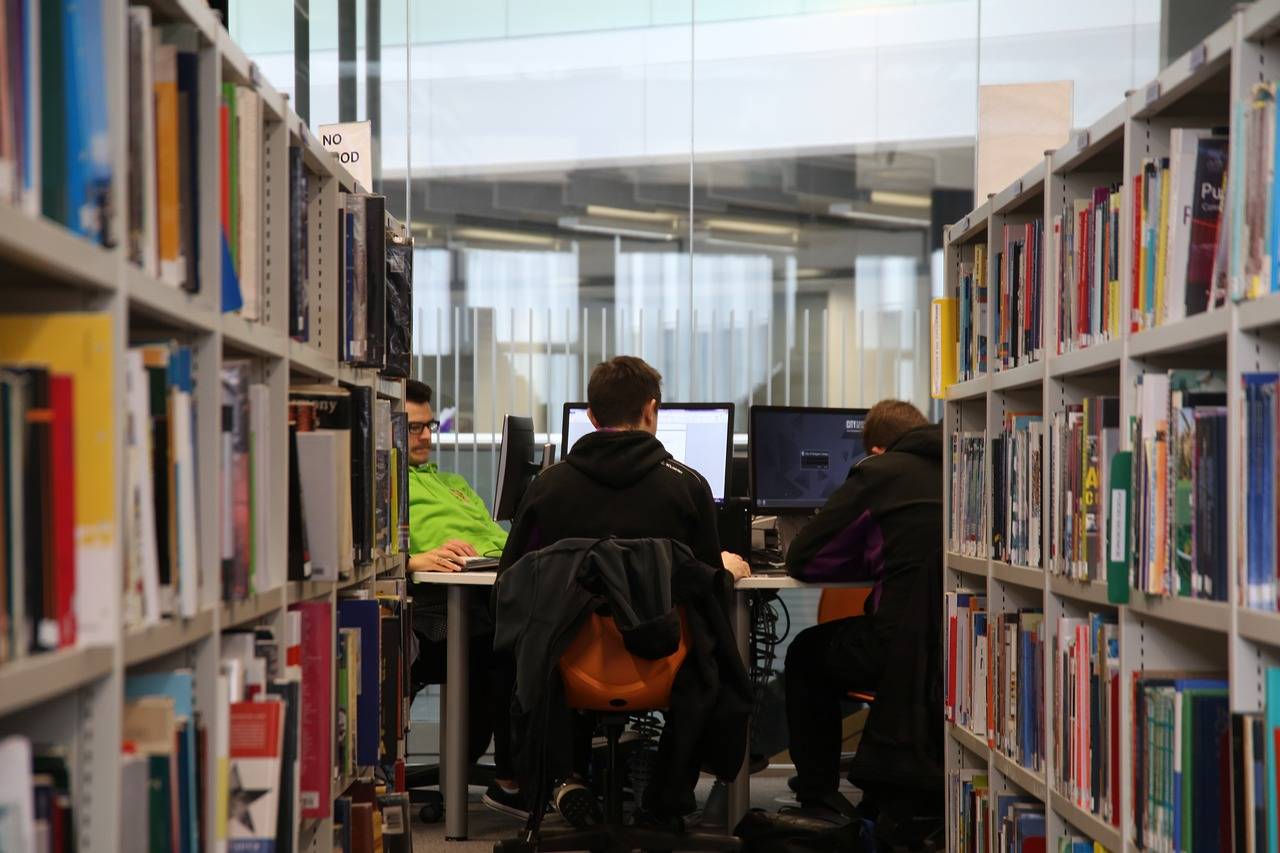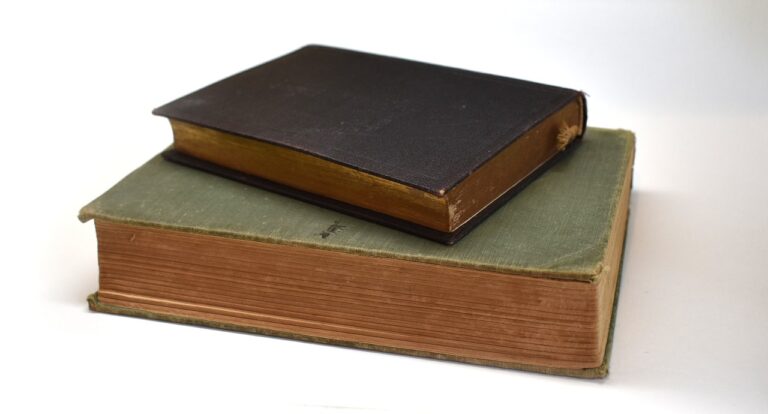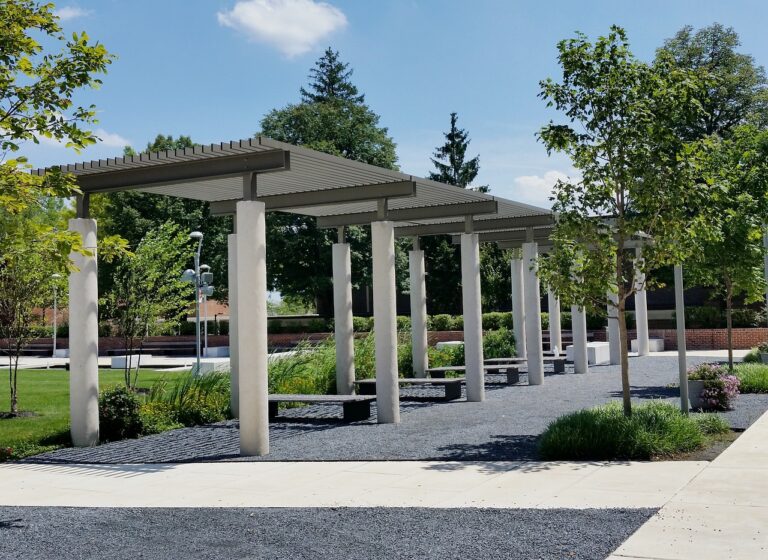Navigating Culturally Sensitive Approaches to Teaching History
When teaching history with cultural sensitivity, it is crucial to approach the subject matter with an open mind and respect for diverse perspectives. Understanding the complexities of different cultural backgrounds allows educators to provide a more inclusive and accurate representation of historical events. By acknowledging the cultural nuances and perspectives of various groups, teachers can create a learning environment that fosters understanding and empathy.
Moreover, incorporating diverse voices and experiences into the curriculum can enrich students’ understanding of history and encourage critical thinking skills. By presenting multiple viewpoints and interpretations of historical events, educators can help students develop a more well-rounded and comprehensive understanding of the past. This approach not only promotes cultural sensitivity but also cultivates a deeper appreciation for the complexities of history and the impact it has on different communities.
Understanding the Historical Context of Different Cultures
When teaching history, it is crucial to understand the historical context of different cultures. Each culture has its own unique background and experiences that have shaped its history. By delving into these specific histories, educators can provide a more comprehensive and inclusive perspective to students.
Examining the historical context of different cultures allows educators to move beyond a one-dimensional viewpoint of history. It highlights the complexities and nuances of various cultural narratives, fostering a deeper appreciation for the diversity of human experiences throughout time. This approach helps students develop critical thinking skills and empathy towards different cultures, ultimately promoting a more inclusive and nuanced understanding of history.
Why is it important to teach history with cultural sensitivity?
Teaching history with cultural sensitivity is important because it helps students understand different perspectives, values, and beliefs of various cultures. It also promotes empathy, respect, and understanding among individuals from different backgrounds.
How can teachers incorporate cultural sensitivity in teaching history?
Teachers can incorporate cultural sensitivity in teaching history by using diverse resources, including primary sources from different cultures, incorporating diverse perspectives in lessons, and being mindful of cultural stereotypes and biases.
How can understanding the historical context of different cultures benefit students?
Understanding the historical context of different cultures can benefit students by giving them a more comprehensive understanding of world history, fostering critical thinking skills, and promoting cultural awareness and respect.
What are some key considerations when teaching history with cultural sensitivity?
Some key considerations when teaching history with cultural sensitivity include being aware of one’s own biases and assumptions, using inclusive language, acknowledging the diversity within cultures, and encouraging open dialogue and discussion in the classroom.






